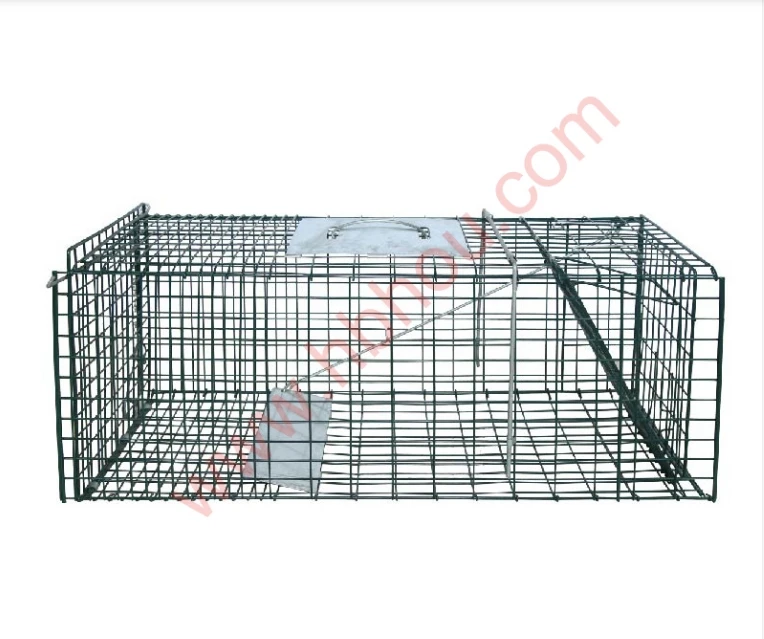Understanding the Costs of Barbed Wire Fences
Barbed wire fences have been a staple in agriculture and property management for over a century. Known for their effectiveness in containing livestock and delineating property lines, barbed wire fences are often a go-to choice for farmers, ranchers, and even homeowners looking for cost-effective security solutions. However, before investing in such a fencing option, understanding the associated costs is critical. This article delves into the key factors influencing the costs of barbed wire fences, helping you make an informed decision.
Initial Costs of Barbed Wire Fencing
The initial cost of barbed wire fencing typically includes the price of materials, labor, and any required tools or equipment. The key components needed for installation include
1. Barbed Wire The cost of barbed wire can vary depending on the gauge (thickness) and the type of coating (galvanized or vinyl-coated). On average, prices for barbed wire range from $0.10 to $0.30 per linear foot.
2. Fence Posts The type of fence posts chosen will significantly affect overall cost. Wood, metal, and vinyl are common options, with wood posts being the most affordable at around $3 to $5 each, while metal posts can cost between $5 to $10 each. The spacing of these posts—which is usually 8 to 12 feet apart—should also be considered in the overall calculation.
3. Accessories Additional components such as barbed wire clips, tension wire, and gates should also be factored into your budget. These can range from a few cents for small items to hundreds of dollars for larger gates.
4. Labor Costs If you plan to hire professionals for installation, labor costs can add significantly to your budget. The average labor cost for fencing installation varies widely based on geographic location and the complexity of the project, typically ranging from $30 to $70 per hour.
Long-Term Maintenance Costs
While the initial investment in barbed wire fencing may seem relatively low, long-term maintenance is essential to consider. Barbed wire can become worn over time due to exposure to the elements, rust, or animal damage. Regular inspections and repairs may be necessary to maintain the fence's integrity.
barbed wire fence cost

1. Repairs Minor repairs, such as re-tensioning wire or replacing damaged sections, can be done yourself, saving on costs. However, significant repairs or complete replacements can add to your overall expenditure, sometimes costing hundreds of dollars.
2. Preventative Maintenance Annual maintenance tasks include checking for rust, ensuring posts are secure, and checking for any overgrowth or environmental damage that could compromise the fence’s effectiveness.
Factors Influencing Cost
Several external factors can also influence the total cost of installing a barbed wire fence
1. Terrain The difficulty of the terrain where the fence is being installed can impact labor costs. Rocky, hilly, or dense vegetation can increase installation time and complexity.
2. Length and Height A longer fence will of course cost more due to increased material and labor needs. Additionally, if a taller fence is desired for security, it can further raise costs.
3. Location Geographic location can influence material costs. Prices for barbed wire and posts may vary based on local availability and demand.
4. Permitting and Regulations In some regions, specific regulations govern fence installation, especially adjacent to roadways or in agricultural areas. It's essential to check any local guidelines which might require permits, leading to additional costs.
Conclusion
In conclusion, while barbed wire fences are often seen as a cost-effective fencing solution, careful consideration of both initial and ongoing expenses is crucial. By assessing the costs of materials, labor, maintenance, and the various external factors that may impact your project, you can ensure a fruitful investment that serves your fencing needs for years to come. With proper planning and management, a barbed wire fence can be a durable and practical addition to your property.
















